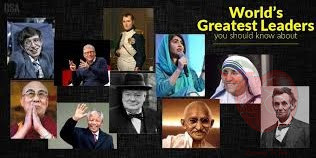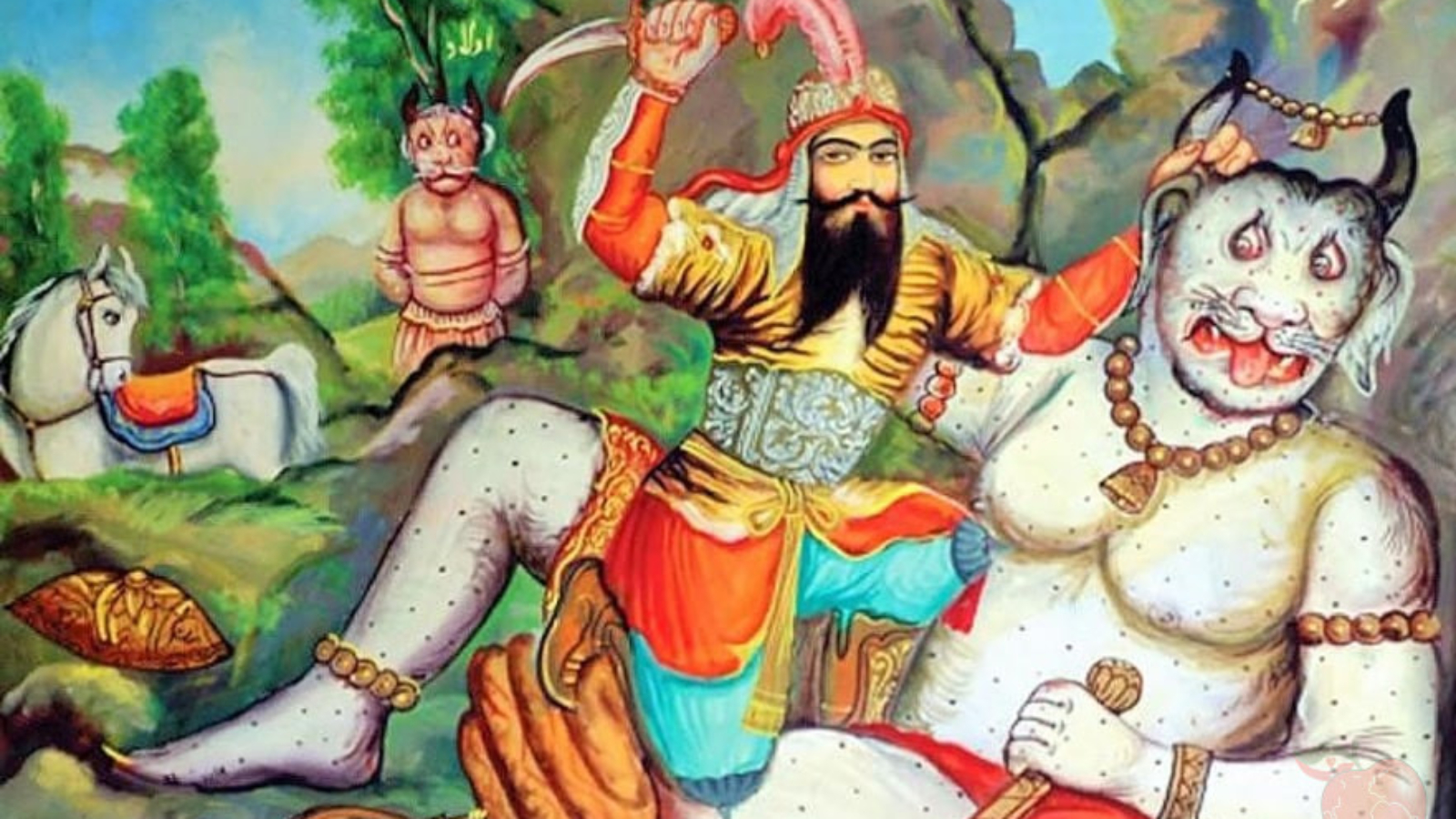An Introduction to the Forthcoming Book 📚
By Fereydoun Kian
At the dawn of the 20th century, many secular philosophers proclaimed the death of God and anticipated the gradual decline of religion into irrelevance. It was widely assumed that, in the face of reason, science, and modernity, religious belief would dissolve quietly. But by the latter half of the century, religion did not fade—it reawakened with force. Not as a whisper, but as a roar. It returned to public life with a fervor that stunned many, reasserting itself as the dominant cultural and political language in many regions of the world. ⚡
This resurgence was not merely a revival of old dogmas; it was a strategic rebranding. Religion, once content to borrow myths and legends from ancient cultures to build its theological edifice, began to adopt the language of modernity itself—science, history, media. It enlisted scholars, filmmakers, and institutions to validate its claims: from televised searches for Noah’s Ark on Mount Ararat to dramatized efforts to locate the True Cross. 🛸 These attempts did not emerge from a thirst for objective discovery, but from a desire to reinforce sacred narratives under the guise of empirical legitimacy.
Religions have always possessed a remarkable resilience, largely due to the passion of their adherents. Believers are not only willing to defend their faith with their lives—they often do so without needing to justify it. 🛡 Meanwhile, non-believers are required to explain, defend, and intellectualize their doubt. Religious communities are united by ritual, language, and identity. In contrast, non-believing individuals often lack institutional cohesion—scattered, independent, and resistant to dogma of any kind. 🔍
Historically, when religions have held power, they have wielded it with terrifying certainty. The record is clear: persecution of dissenters, public executions, inquisitions, and ideological purges. As Foote and Wheeler aptly wrote, “No man is really known until he possesses power—and the same may be said of religions.” It is not in their powerless state, but in moments of dominance, that religions reveal their true moral posture. ⚔️
By the mid-20th century, it seemed religion’s influence had waned. But with the Islamic Revolution of 1979 in Iran and the parallel rise of evangelicalism in the United States in the 1980s, a new wave of religious assertiveness emerged. 📢 Today, religious ideologies once again speak directly to heads of state, shape educational curricula, and embed themselves within military-industrial complexes. As Foote warned, “religions have the ear of rulers and the control of education.”
This project, however, does not aim to present a balanced picture of religious life. While the virtuous, the benign, and even the eccentric aspects of religious traditions are worth study, this work focuses on what might be called the shadow archive: the forgotten, demonized, and morally ambiguous figures that populate Persian mythology. 🧛♂️ For any exploration of mythology to be complete, it must acknowledge both the luminous and the dark. As any visual artist will tell you: contrast is essential. The dark reveals the light. 🌑
In the Iranian cultural context, mythology has always been deeply interwoven with geography. From the arid deserts of central Iran to the snow-laden peaks of the Zagros and Alborz ranges, from the depths of ancient qanats to the enchanted banks of hidden springs, each region gave rise to supernatural beings that mirrored its landscape. These figures—demons, spirits, fairies—evolved across dynasties and religious transformations: adopting Egyptian motifs under the Achaemenids, Hellenistic forms during the Sassanian era, and absorbing Arab and Mongol mythologies in later centuries. The Safavid conversion of Iran to Shiism in the 15th century brought yet another transformation—reinstating clerical authority and merging religious orthodoxy with Persian mystical traditions. 🌿
To explore this complex tradition, this study is structured into three parts:
- The pre-Zoroastrian Indo-European mythologies, carried by ancient migrants from Central Asia following the last Ice Age. ❄️
- The development of Zoroastrian demonology, as shaped by the Magi (Mobeds) in the Sasanian period. 🔥
- The Islamic adaptation and transformation of Persian myths during the Safavid and post-Safavid eras. 🕌
My name is Fereydoun Kian. I am a researcher and a lifelong student of mythology. While thinkers such as Carl Jung and Joseph Campbell traced the psychological and archetypal roots of Western mythology, they largely overlooked the Persian mythological tradition. 🧠 In this work, I seek to restore that missing thread. I hope to demonstrate how Persian mythology and mysticism not only shaped Iranian culture and history, but also contributed—often invisibly—to broader patterns of religious belief and human storytelling.
Persian myths are not relics; they are living texts. They move through our language, our rituals, our politics, and our dreams. And like all powerful myths, they leave a mark—sometimes radiant, sometimes searing. But always unforgettable. ✨
Viraf's Journey to the Afterlife
The Book of Arda Viraf: A Journey Beyond the Veil 👁
Part mythology, part Dantesque vision, The Book of Arda Viraf stands as one of the earliest and most haunting accounts of the afterlife in the Zoroastrian tradition. Written during the Sasanian Empire, it tells the tale of a young, virtuous priest chosen by a council of Zoroastrian clergy to embark on a most extraordinary mission: to travel to the realm beyond death and return with a report of what lies ahead for the human soul.
The method was as audacious as the mission itself. The priest, Viraf, was administered a sacred hallucinogen—Haoma—capable of inducing a deep, death-like trance. His body lay lifeless for seven days while his soul journeyed through the heavens and hells. What he witnessed was not merely metaphorical—it was a spiritual audit of the universe, as vivid and terrifying as anything found in Dante’s Divine Comedy. In fact, much of what Viraf described would make Dante himself tremble. 😨

So, You Don't Want to Jump in as the Chosen One?
Try to be a Leader First! 🏅
Fereydoun Kian
Imagine a world where everyone possesses the spark of leadership. Some are born with it, while others nurture it from a young age, learning to take charge in their households—whether it’s wrangling a younger sibling, whipping up dinner, or keeping the house in order. These early experiences often mold future leaders, as they observe challenges and leap into action to make things better. Some even take on the noble task of caring for their elders, paving the way to becoming the future guardians of their communities.
But let’s not forget—leadership isn’t solely a birthright; it’s a skill that can be cultivated in schools, workplaces, and communities. 🏫 Once upon a time, the brightest students—the so-called “nerds” of the ’60s—were the ones steering the ship. Nowadays, things have shifted; those once viewed as teachers’ pets might find themselves overshadowed by classmates with rebellious attitudes who suddenly rise to leadership positions. It’s as if acting out, dressing down, and pushing boundaries has become the new cool, leaving us to wonder: are we stuck in a 21st-century version of an 18th-century factory system?
Yet, within this landscape, the essence of leadership can often become muddled. What truly distinguishes a leader from those who merely hold the title of “Chosen One”? Let’s explore some characteristics that can sometimes blur the lines:
- Charisma vs. True Leadership: Charismatic individuals can easily be mistaken for leaders. They may capture attention, but leadership is more than just charm. 🌟
- Problem-Solvers: Some people step up to lead simply because they have a solution to a pressing issue. They lead until the problem is resolved and then fade into the background, their role defined by circumstance rather than ambition. 🧩
- Temporary Leadership: Managers and supervisors can also find themselves in leadership roles—albeit briefly—often relying on their position rather than genuine influence. 🧑💼
- Courage: In times of uncertainty, people often rally behind those who show courage and conviction. Often, it’s easier to follow than to lead. Some leaders, like Alexander of Macedonia and Genghis Khan, started in their teens. 🏆
- Formal Training: Some leaders emerge from structured environments like military ranks or academic institutions, where they learn to give orders after following them. 🎓
- Wisdom vs. Knowledge: Just because someone possesses knowledge doesn’t mean they have the wisdom to lead effectively. True wisdom, much like that of a village elder, comes from experience and insight. 💡
- Persuasiveness: Some leaders are incredibly convincing, even when they’re wrong. 🗣
- The Reluctant Leader: Interestingly, some leaders emerge from the ranks of societal complainers. 😤
This conversation barely scratches the surface of what makes a true leader. Each organization, each community, has its unique tapestry of leadership qualities that shine through. 🌈 So, let’s reflect: what characteristics do you value most in a leader? Are you ready to step up and embody those traits yourself? 🚀
Leadership is a journey, and it starts with recognizing the potential within each of us. Let's ignite that spark! 🔥

